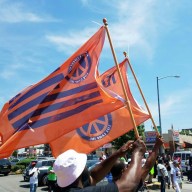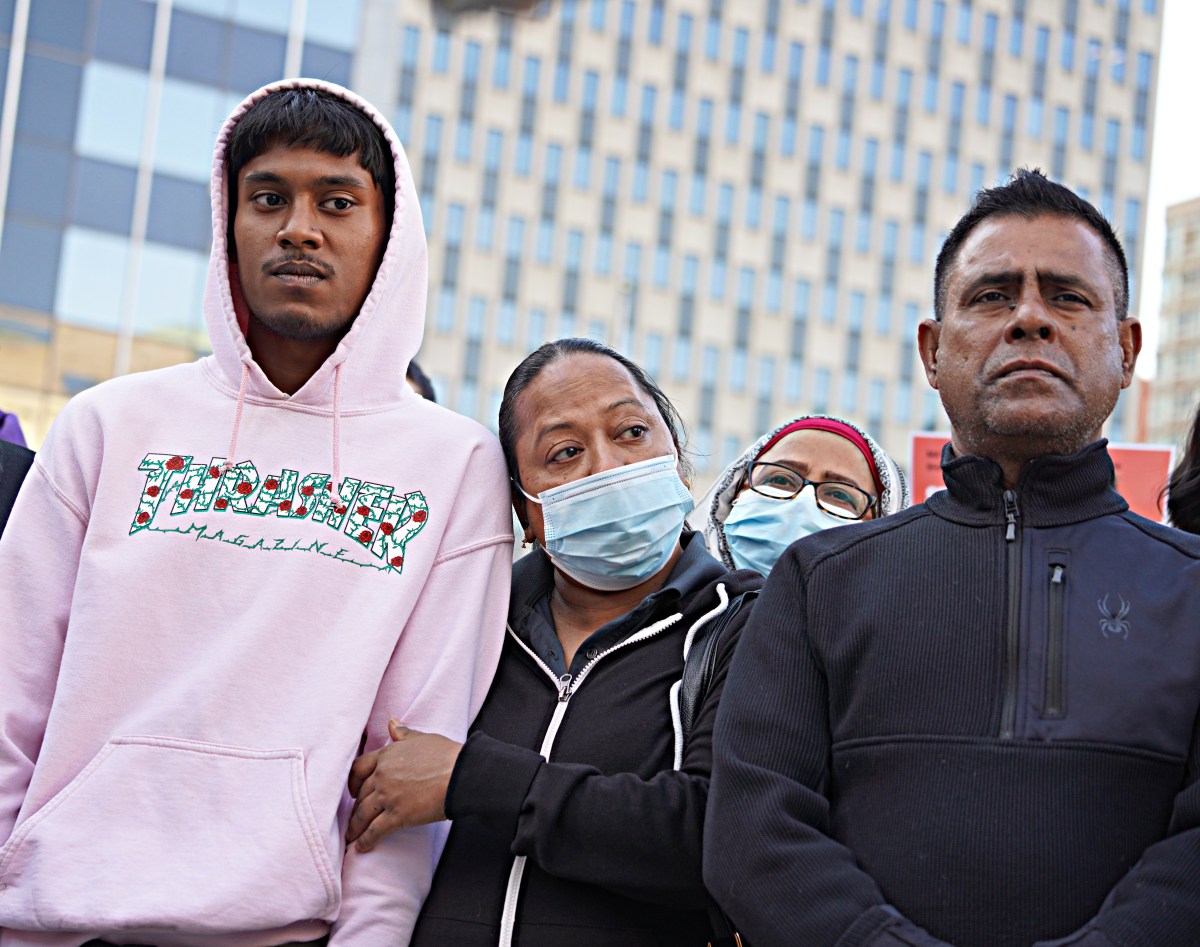Answer: Gerard was bald.
By Alex Berger
Riddle: Gerard was walking through a pouring rain, without an umbrella or even a hat.. Yet, not a hair on his head got wet. Why not?
Answer: Gerard was bald.
The nice thing about this time of year is that you can fill up half of it very easily. If you vacation in July, you get back your photos in September, your bills back in October, your health back in November, and your luggage back in December.
Ha! I fooled you. I bet you thought I was going to write about vacations. Well, I’m not. I am devoting this column to the celebrated month of July, which is chock-full of many memorable dates. Did you know that July was named in honor of that Roman emperor, Julius Caesar? And, in medieval times, England had two distinct names for July – “Maedmonath” (“Meadow Month”), the time when farmers turned their cattle out to feed in the meadows; and “Hegmonath” (“Hay Month”), the time when farmers harvested hay to feed their cattle in winter.
Some 200 years ago — give or take a few fortnights — people pronounced the month of July as “Julie” That is precisely why in merry olde England, poems about July were rhymed with “newly,” “truly,” and “stoolie.” But, pity the Brit poets of today. Since the change in pronunciation, they are stuck with rhyming “July” only with “apple pie.”
I like July because it contains many notable world holidays. First, there is Canada’s national holiday, Dominion Day, which is celebrated on July 1. Canada was once a colony of Great Britain, but with the passage of time, sections of the country were allowed to join together to form their own government. On July 1, 1867, Britain approved the union and Canada became an independent country — there didn’t even have to be a revolution!
Since Canada's birth date falls on July 1, very close to July 4, the birth date of the U.S.A., the peoples of Windsor, Canada and its sister city, Detroit (situated opposite each other on the Detroit River) join hands annually for a week-long celebration of togetherness. This event is called the International Freedom Festival. Why shouldn’t Flushing, Queens and “St. Loo,” Missouri join hands also? Both locales encourage the practice of washing hands.
Next, we have the Buddhists in Japan who remember their dead during the period July 13 through July 15. This observance is called the Festival of Bon (Lanterns). It is the time when the spirits of the dead are said to return to the living. Houses and graveyards are cleaned and people buy food, incense, and decorations at special Bon markets.
A lantern is placed at the door to welcome the spirits. Then the family goes to the cemetery where they place food and lanterns on the graves and invite the spirits to join them. On the last day, rice balls are put out for the spirits to eat on their return journey. When I die, I would be joyful if someone placed a few fresh commolis (with the green dots over the cream at both ends) on my tombstone for later. My wide smile would last a thousand years.
Another special celebration is on the second weekend in July. Scottish clans from all over the United States and Canada gather ’round Grandfather Mountain near Linville, North Carolina to indulge in Highland Games. Music and dancing, as well as track and field events are scheduled. Contests of strength such as tossing the caber (similar to a short telephone pole and as long as 20 feet and weighing as much as 150 pounds) are heaved (If I were there, with my luck, someone would grab and throw me instead).
Men and women in colorful kilts perform the sword dance, the Scottish Reel, and the Highland Fling, and the mountains echo with the wail of bagpipes and the thunder of drums. You can differentiate between Scottish clans by their last names, and their tartans — the plaid design on their clothes. If I were Scotch, I would have a special kilt made up of quilted N.Y. Giants logos. Then, at a Giants game in December, the frigid, icy, weather would turn my legs red and blue, matching the Giants colors.
Another national holiday observed in July is on the 14th in France — Bastille Day or Fete Nationale. This day means as much in France as July 4 does in this country, for it is also their Day of Independence. On that day in 1789, a ragged mob, on their way to the Bastille (a prison), swept through the streets looking for justice. The Bastille represented all that was evil in France. Under the King, the rich paid no taxes on their land and lived in luxury. The poor, however, were heavily taxed, and often left hungry. If anyone complained, that person was thrown into the Bastille and forgotten.
So, on that memorable day, the mob rose up in anger. They stormed the Bastille, killed the guards, and freed the prisoners. The next day, they began to tear down the hated prison, stone by stone. It was the beginning of the French Revolution.
The joyful celebration of Bastille Day begins on the night of July 13 with a torchlight parade. At daybreak, cannons announce the arrival of the new day. There are parades, games, speeches, and shows, and at night, public buildings and fountains are lit. Fireworks burst in the sky and the people dance in the streets until dawn, just as they did on the first Bastille Day.
Not to be outdone, on July 24, South America celebrates the birthday of Simon Bolivar (“El Libertador”), the George Washington of South America. General Bolivar fought for the freedom of the Spanish colonies in South America. In 1824, Bolivar's “army” crushed the Spanish military and won independence for Bolivia, Colombia, Ecuador, Peru, and Venezuela. He was chosen to be the first president of a union of South American countries.
Finally, on July 25, Puerto Ricans will celebrate Constitution Day. For more than 400 years, the island lived under Spanish rule. But, following the Spanish-American War in 1896, Spain gave up Puerto Rico to the United States. Puerto Rico then adopted their own constitution on July 25, 1952, and became a free commonwealth with its own governor. On July 25, parades mark Puerto Rico's most important holiday.
So readers, there you have it – my history lesson for the month of July. It is not only a beautiful time of year, but also an important one.
Enjoy it.
Reach columnist Alex Berger by e-mail at timesledger@aol.com or call 229-0300, Ext. 139.




























